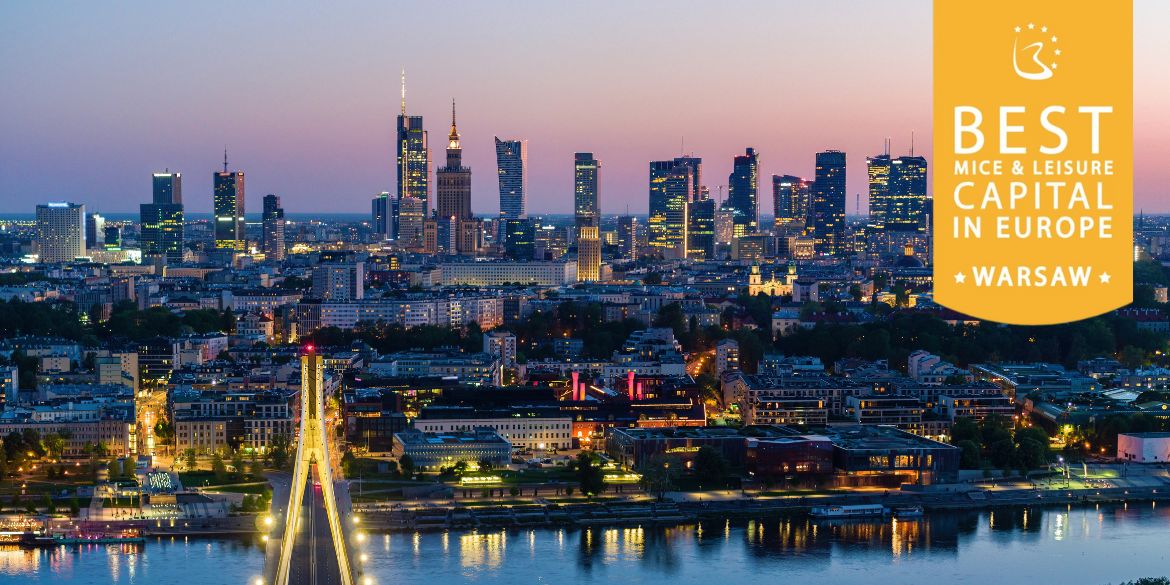Easter is an incredibly important holiday for Poles because it is the most significant religious celebration in the country, with deep roots in both Christian and pagan traditions. For many Poles, Easter represents a time of spiritual renewal, hope, and new beginnings.
In addition to its religious significance, Easter is also a time for families to come together and celebrate. Many Poles travel long distances to be with loved ones during the holiday, and there are numerous cultural and culinary traditions associated with the season. From preparing and blessing Easter baskets, to decorating eggs with intricate designs, to enjoying traditional foods like ham, sausage, and babka, Easter is a time for Poles to connect with their cultural heritage and share their traditions with others.
Furthermore, Easter is an important marker of the changing seasons and the arrival of spring in Poland. The holiday falls at a time when the snow is melting, the flowers are blooming, and the days are getting longer. For many Poles, Easter is a time to celebrate the rebirth of nature and the hope that comes with the arrival of spring.
Overall, Easter is a deeply meaningful and culturally significant holiday for Poles, representing a time of spiritual renewal, family togetherness, and celebration of life.
Easter traditions in Poland
Easter is a very important holiday in Poland, and there are many traditional events and customs associated with it. Here are some of the most popular ones:
- Blessing of the Easter baskets: On Holy Saturday, people bring baskets filled with Easter food to church to be blessed by the priest. The baskets usually contain bread, eggs, ham, sausage, and a variety of other traditional foods.
- Easter Sunday Mass: Most Poles attend mass on Easter Sunday morning, and it is a time for families to come together and celebrate the holiday.
- Smigus dyngus: This is a tradition where boys and girls playfully douse each other with water on Easter Monday. It is believed to have originated as a pagan springtime ritual.
- Easter breakfast: After mass on Easter Sunday, families gather together to enjoy a big breakfast, usually consisting of eggs, bread, and cold cuts.
- Decorating eggs: Poles often decorate eggs with intricate patterns using a wax-resist method called pisanki. The eggs are then displayed on the Easter table or given as gifts.
- Easter processions: In some parts of Poland, there are Easter processions that take place on Good Friday or Holy Saturday. These often involve carrying a statue of the Virgin Mary or Jesus through the streets.
- Easter markets: In larger cities, there are often Easter markets where people can buy traditional Easter foods, crafts, and decorations.
These are just a few of the many Easter traditions in Poland, and they vary somewhat from region to region.
Public events in Poland during the Easter holiday
Additionally, there are several special public events that take place in Poland during the Easter holiday. Here are some examples:
- Easter parades: Some cities and towns in Poland host Easter parades, where people dress in traditional costumes and carry decorated baskets filled with Easter foods. The parades usually end at a church, where the baskets are blessed.
- Easter markets: As mentioned before, some cities have Easter markets where vendors sell traditional Easter foods, crafts, and decorations.
- Easter concerts: Many churches and cultural institutions host Easter-themed concerts, featuring classical music, folk songs, and religious hymns.
- Easter exhibitions: Some museums and galleries in Poland host special exhibitions of Easter-themed art, including paintings, sculptures, and folk art.
- Easter egg hunts: While not as popular as in some other countries, some parks and community centres in Poland hold Easter egg hunts for children.
- Easter bonfires: In some parts of Poland, it is traditional to light bonfires on Holy Saturday or Easter Sunday. These are meant to symbolise the light of Christ and the triumph of good over evil.
We recommend reading Easter in Poland: A Festive Season of Events and Traditions




